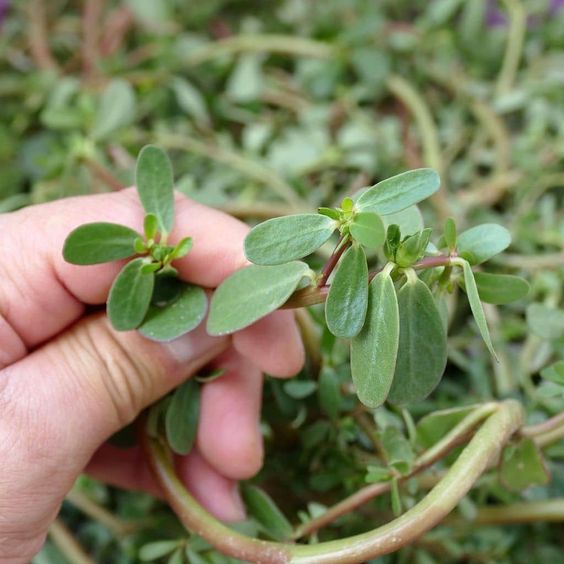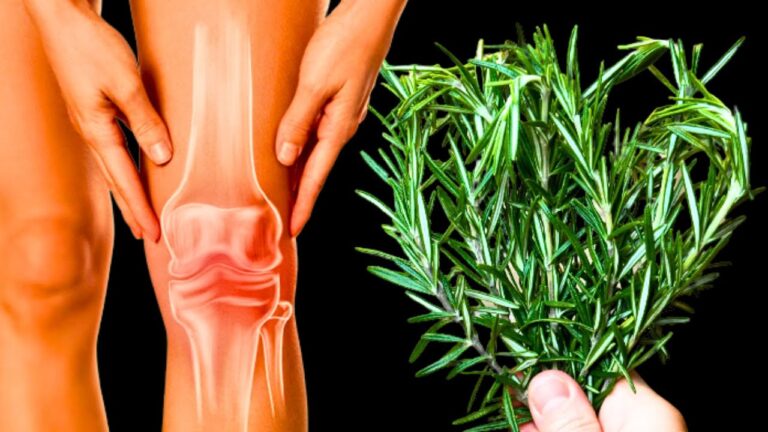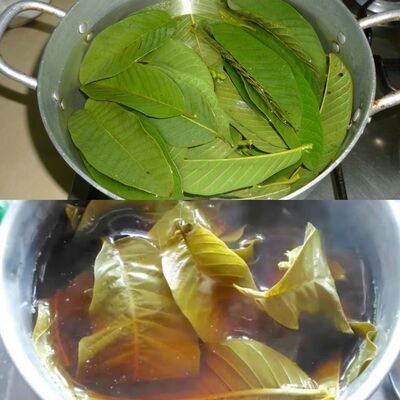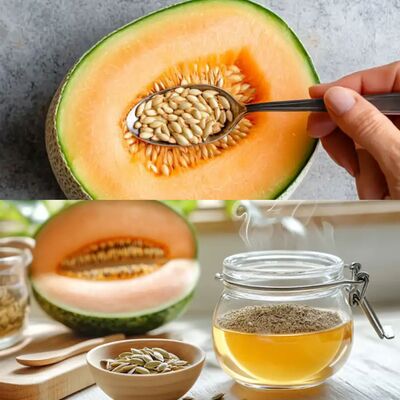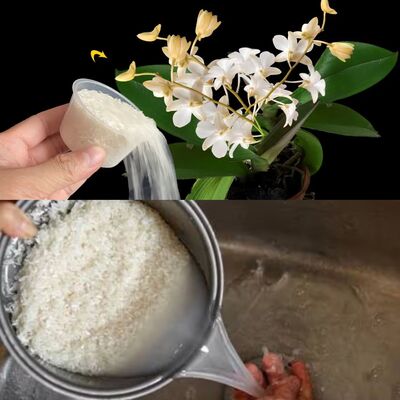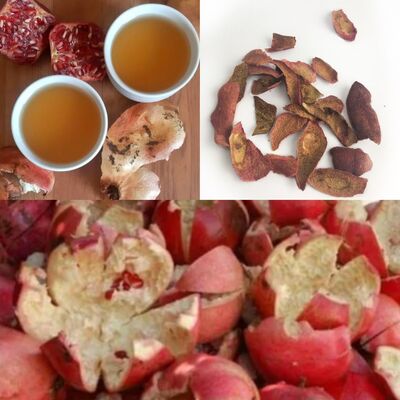When we think of pomegranates, we usually focus on the juicy seeds and their delightful sweet-tart flavor. But did you know that the pomegranate peel is just as amazing? It’s packed with nutrients and bioactive compounds that can do wonders for our health. Let’s dive into the often-ignored pomegranate peel and explore its wide range of health benefits, how to incorporate it into our routine, and important things to consider.
1. Rich in Antioxidants
Pomegranate peel contains even more antioxidants than the seeds themselves. These antioxidants help our bodies fight off harmful free radicals, reducing the risk of chronic diseases and promoting overall well-being.
2. Supports Heart Health
The polyphenols found in pomegranate peel can improve heart health by lowering blood pressure and reducing cholesterol levels. By reducing inflammation in our cardiovascular system, pomegranate peel may play a role in preventing heart disease.
3. Boosts Skin Health
Pomegranate peel is a fantastic ingredient for skincare. It has anti-inflammatory and antibacterial properties that can treat acne, soothe irritation, and promote skin repair. Plus, the antioxidants in the peel help prevent skin aging, giving us a youthful and radiant complexion.
4. Aids in Digestion
With its high fiber content, pomegranate peel is excellent for digestion. It improves gut health, prevents constipation, and balances gut bacteria, contributing to a healthier digestive system.
5. Fights Inflammation
Thanks to its powerful anti-inflammatory properties, pomegranate peel can alleviate conditions associated with inflammation, such as arthritis, skin disorders, and inflammatory bowel diseases. By incorporating the peel into our diet, we may experience reduced pain and discomfort.
6. Antimicrobial Properties
The potent antimicrobial effects of pomegranate peel make it a valuable ally in fighting harmful bacteria, fungi, and viruses. It can protect our bodies against infections and assist in wound healing when applied topically.
7. Improves Oral Health
Research suggests that pomegranate peel can improve oral health by reducing the growth of bacteria that cause gum disease, cavities, and bad breath. Using a pomegranate peel-based mouthwash or powder can help us maintain excellent dental hygiene.
8. Promotes Weight Loss
The fiber and polyphenols in pomegranate peel can aid in weight management. They promote satiety, improve digestion, and potentially boost metabolism. Including pomegranate peel in our diet helps regulate hunger and supports healthy weight loss.
9. Protects Against Cancer
Some studies indicate that the antioxidants and polyphenols in pomegranate peel may inhibit the growth of certain types of cancer cells, including breast and prostate cancer. While more research is needed, the peel’s antioxidant properties show promise in cancer prevention.
10. Supports Immune Function
Pomegranate peel is rich in vitamin C and other essential nutrients that can bolster our immune system. Consuming it helps strengthen our body’s ability to fight off infections and illnesses, especially during cold and flu season.
There are several easy ways to include pomegranate peel in our daily lives, depending on our preferences and health goals:
Pomegranate Peel Powder: Dry the peel and grind it into a fine powder. Add it to smoothies, teas, or yogurt for an extra nutritional boost.
Pomegranate Peel Tea: Boil dried pomegranate peels in water to create a healthy tea rich in antioxidants. Enjoy it daily to experience the benefits mentioned above.
Topical Application: Mix powdered pomegranate peel with water, honey, or rose water to create a nourishing face mask. Apply it to your face, leave it on for 10–15 minutes, and rinse for glowing skin.
Oral Care: Use powdered pomegranate peel mixed with water as a mouthwash to maintain oral hygiene and reduce bacteria in the mouth.
Pomegranate peel may not be the first thing that comes to mind when we think of this superfood, but its health benefits are too good to ignore. From supporting heart health to improving digestion and promoting youthful skin, the peel is a treasure trove of powerful nutrients and antioxidants. Adding pomegranate peel to our daily routine, whether in tea, powder, or topical form, is a natural and holistic way to enhance our well-being.
Disclaimer:
While pomegranate peel has numerous health benefits, it’s essential to use it with caution. Certain compounds in the peel may be toxic in large quantities, so it’s best to consume it in moderation and after proper preparation. If you have allergies or pre-existing health conditions, consult a healthcare professional before adding pomegranate peel to your diet. Pregnant and breastfeeding women should also seek advice from a medical expert to ensure it’s safe for them.
